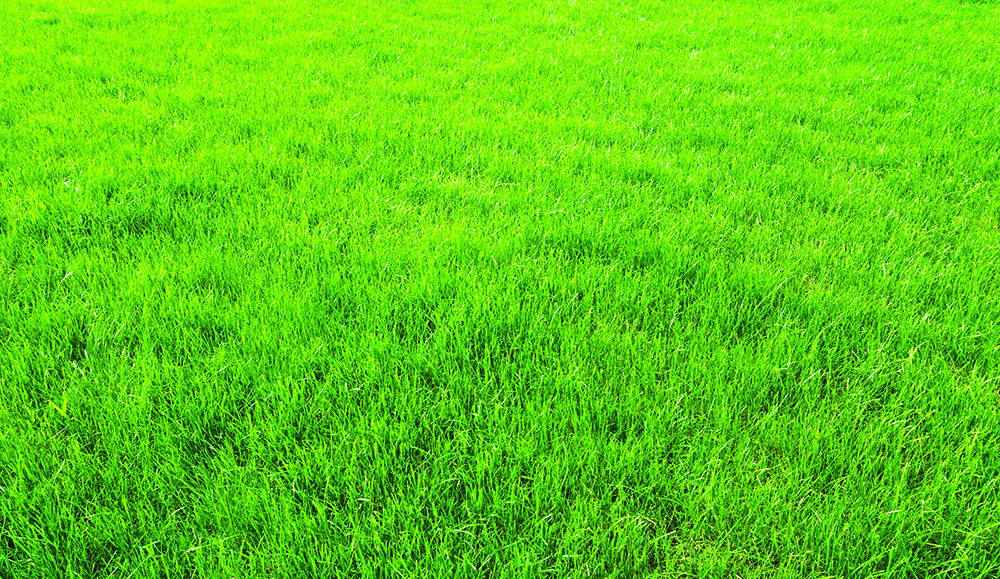I just finished a conversation with a golf course superintendent that was telling me his city had just shut off the water source to their irrigation pond. He is now down to hand watering, and only has enough water to last about one week.
With so much of the country dealing with record heat and little-to-no rainfall, many people are asking, “What can I do to reduce the stress?”
We discussed potential options for alleviating turf stress in a drought situation:
- Suspend all mowing. Mowing is an unnecessary stress that we put on the turf plant. This might be considered a drastic step, but it is important to reduce mowing frequency and raise the height of cut during a drought situation. This reduces the stress placed on the plant and allows it to focus its energy into developing its root system instead of repairing or regenerating damaged leaves from the mowing.
- Apply a soil wetting agent. A wetting agent will allow the soil to hold moisture in the plants’ root zone, making watering events more efficient. Be sure to study wetting agents before making a purchase; not all wetting agents are created equal. You want a wetting agent that will hold moisture and still allow airflow to the root zone. Water absorbs heat; if the soil remains too wet at the surface, you will actually increase the temperature of the soil, and this is what we are trying to combat.
- Water during the coolest time of day. Watering when temperatures are cool, such as the pre-dawn hours, will reduce the amount of water that evaporates into the atmosphere, allowing it to soak into the root zone. The age-old advice of “water deep and infrequently” is also especially important during a drought, although frequency may have to be increased if you are already in catch-up mode. Once you have obtained good soil moisture, return to your typical deep and infrequent watering schedule.
- Reduce other stresses. Look for opportunities to reduce stresses if possible, especially traffic. Excess traffic will wear down the turf canopy and compact your soil.
Should I fertilize during a drought?
This is another common question I encounter, and my response is pretty simple: Do the hospitals feed the sick? Like us, plants still need nutrition to recover from and to reduce stress. It is very important that you speak to your local turf expert regarding which fertilizer and application rates are best for use in your area.
Currently in Oklahoma territory, I’m giving common bermudagrass a quarter pound of nitrogen per 1,000 sq. ft. from a balanced fertilizer every 14 days. Whatever your choice may be, make sure to use a slow release or stabilized nitrogen source to prevent burning.
Tips for Post-Drought Turf Care
After the drought, it’s important to assess your turf stand for substantial canopy loss. The loss of turf cover could drastically impact your weed pressure next season. An open canopy is an open invitation to weeds. It’s also important to determine now if you need to reseed or sod bare areas. If planting is in your future, plan your pre-emergent applications accordingly. Look for replant recommendations on your herbicide labels.
Food for thought for next year: Make your turf tougher. Start the year by giving your turf water only when it really needs it. When you overwater, you are telling the plant that it doesn’t need deep roots to survive. You can get the plant to grow deeper roots by watering deep and infrequently.
A good way to know when your turf needs water is by walking through the turf area and watching the footprints you leave behind. If the plants bounce back quickly and your footprint disappears, no water is needed. If the plants don’t bounce back and the turf is beginning to turn bluish green, then it’s time to water. This practice may take time to perfect, but it’s worth it in the end. You will you save money by using less water, and will prepare your turf for harsher weather ahead.




